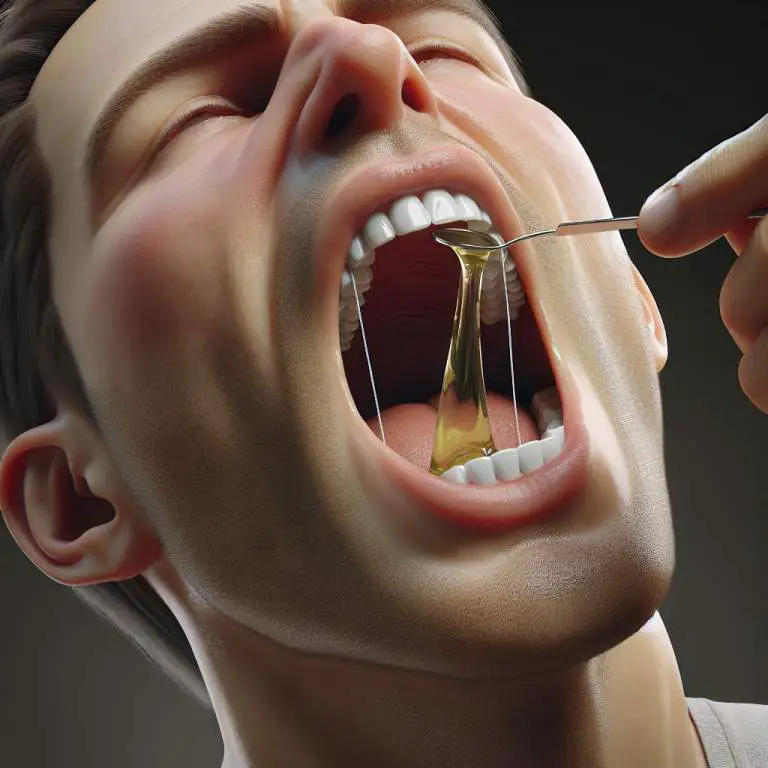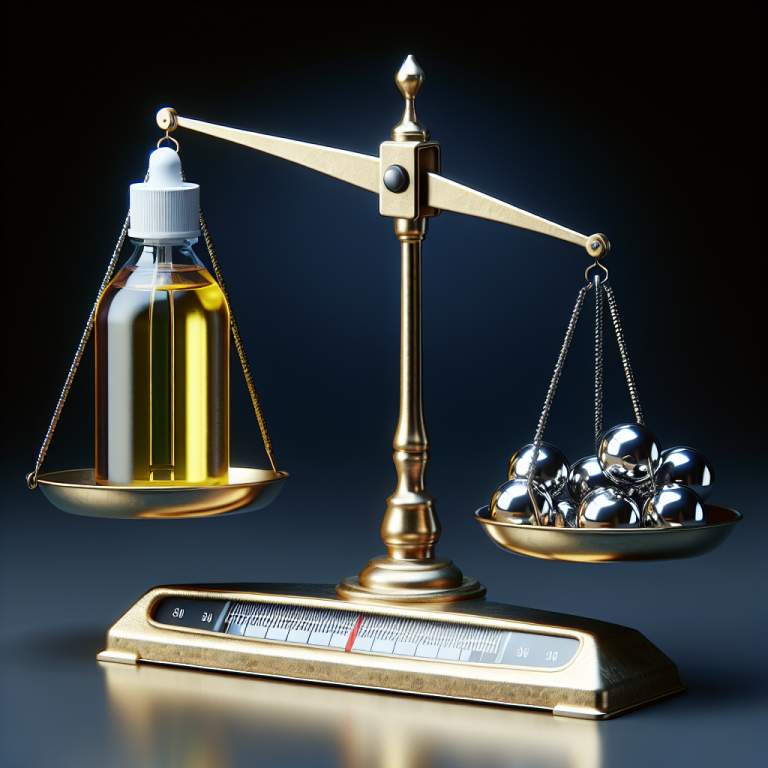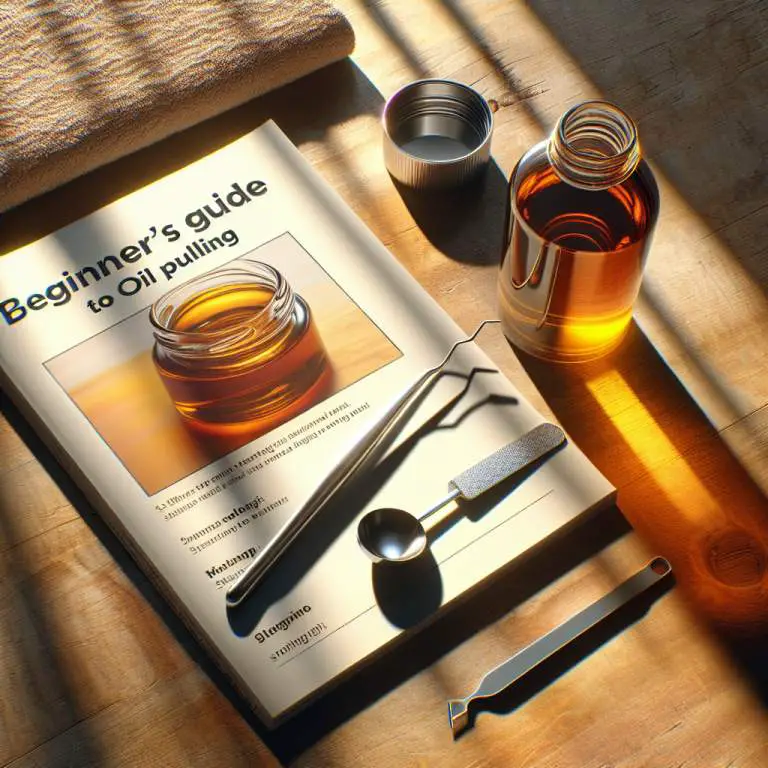How does the timing of oil pulling affect its benefits?
When you do oil pulling can change its benefits. Doing it in the morning before you eat or drink anything helps clean your mouth and gets rid of bad breath. This timing makes it more effective because your mouth is full of bacteria after a night’s sleep. So, if you’re looking to boost your health routine, try oil pulling right after you wake up for the best results.

How does the timing of oil pulling affect its benefits?
When you do oil pulling can make a big difference in how well it works. Many people say doing it in the morning, right after you wake up, is the best time. This is because your mouth is full of bacteria that have grown overnight. By oil pulling first thing, you can get rid of these bacteria before they have a chance to cause problems.
Doing oil pulling on an empty stomach also helps your body absorb the benefits better. It’s like giving your mouth a deep clean before you start your day. If you do it later, after eating or drinking, it might not be as effective because your mouth will already have new bacteria and food particles.
What are the best types of oil to use for oil pulling?
There are a few different oils you can use for oil pulling, but not all oils are created equal. Coconut oil is a popular choice because it has a pleasant taste and is packed with health benefits. It’s known for its antibacterial and anti-inflammatory properties, which can help clean your mouth and reduce gum swelling.
Sesame oil is another good option. It’s been used for oil pulling for thousands of years, especially in Ayurvedic practices. Sesame oil is rich in antioxidants, which can help strengthen your teeth and gums. Some people also use sunflower oil or olive oil, but the key is to choose a high-quality, organic oil that you don’t mind the taste of.
How long should you do oil pulling to see benefits?
Consistency is key when it comes to oil pulling. Most people see the best results when they do it for about 15 to 20 minutes each day. This might seem like a long time, but it’s the right amount to make sure the oil has enough time to pull out toxins and bacteria from your mouth.
If you’re just starting out, you might find it hard to do for that long. It’s okay to start with just 5 minutes and then gradually increase the time as you get used to it. The important thing is to keep doing it regularly. Over time, you’ll likely notice your mouth feels cleaner, your breath is fresher, and your teeth might even look whiter.
Can oil pulling help improve your oral health?
Yes, oil pulling can be a great addition to your oral health routine. It works by pulling bacteria, plaque, and toxins out of your mouth, which can help reduce the risk of cavities, gum disease, and bad breath. Many people who do oil pulling regularly say they notice their mouths feel cleaner and their breath smells better.
Oil pulling is also gentle on your mouth. Unlike some mouthwashes that contain alcohol or other harsh chemicals, oil pulling uses natural oils that are kind to your gums and teeth. This means it can be a good option for people with sensitive mouths. Remember, though, oil pulling should not replace brushing and flossing but rather be used as an extra step in your oral care routine.
| Time of Day | Benefits |
|---|---|
| Morning | 1. Removes overnight bacteria build-up. 2. Freshens breath for the day. 3. Enhances oral hygiene before eating. |
| Night | 1. Cleanses mouth after eating all day. 2. May improve sleep quality by reducing oral bacteria. 3. Prepares mouth for overnight healing. |
Does oil pulling at different times of the day have different effects?
When you do oil pulling might change how well it works. Some people say doing it in the morning, right after you wake up, is the best time. This is because your mouth is full of bacteria that have grown overnight. Oil pulling can help get rid of these bacteria before you eat or drink anything.
However, others find doing oil pulling at night helps them relax and get ready for bed. The idea is that it can be a calming activity to end your day with. But, there’s no strict rule about timing. The most important thing is to make it a regular part of your routine, whenever you choose to do it.
What are the common mistakes to avoid while doing oil pulling?
One big mistake is using the wrong type of oil. You should pick oils that are good for oil pulling, like coconut, sesame, or sunflower oil. Avoid oils that are not meant for this use. Also, make sure the oil is high quality and not mixed with other things that could hurt your mouth.
Another mistake is not doing it for long enough. You should aim to swish the oil around your mouth for about 15 to 20 minutes. If you do it for less time, you might not get all the benefits. But, don’t go overboard and do it for too long, as that can tire your jaw muscles.
How does oil pulling fit into a daily oral hygiene routine?
Oil pulling should be one part of your daily teeth care. It doesn’t replace brushing or flossing but adds to them. Think of it as an extra step to keep your mouth clean. You can do oil pulling before or after brushing your teeth, depending on what feels right for you.
After oil pulling, it’s a good idea to rinse your mouth with water. This helps get rid of any leftover oil. Then, you can go ahead with brushing and flossing. By adding oil pulling to your routine, you’re giving your mouth extra protection against bacteria and plaque.
Final Thoughts
Oil pulling can be a helpful addition to your oral health routine. It’s simple to do and can have many benefits. Remember, the key is to be consistent and avoid common mistakes. Choose the right oil, do it for the right amount of time, and make it a regular part of your day.
Also, don’t forget that oil pulling is just one part of keeping your mouth healthy. Continue to brush, floss, and visit your dentist regularly. With all these steps combined, you can keep your smile bright and your mouth healthy.







